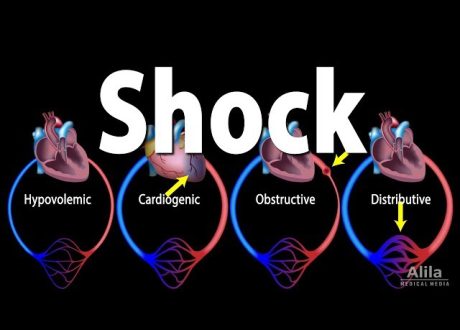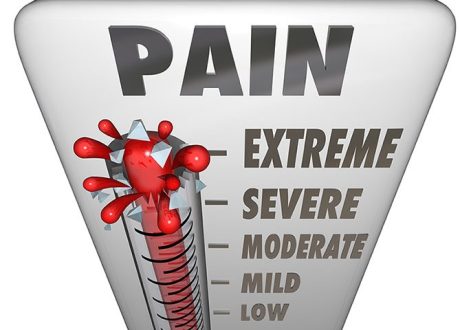Study objective
Traumatic eye injuries are common emergency department presentations worldwide, and diagnosis may be delayed because of concurrent injuries and lack of guidelines in regard to the utility of clinical examination, computed tomography (CT), and point-of-care ultrasonography. In this study, we compare point-of-care ultrasonography with ophthalmologist clinical examination and CT for 6 types of traumatic eye injury.
Methods
We conducted a prospective cohort study evaluating patients with suspected traumatic eye injury who were recruited at an academic medical center in Tabriz, Iran. Each patient was evaluated by an emergency physician with point-of-care ultrasonography using a 7- to 15-MHz linear transducer, by a radiologist with orbital CT imaging, and by an ophthalmologist with a complete bedside ocular examination. Obtained results were tabulated. Sensitivity, specificity, and likelihood ratios were subsequently calculated. Cohen’s κ was assessed to evaluate the agreement between ocular point-of-care ultrasonography with orbital CT and point-of-care ultrasonography with complete bedside ocular examination.
Results
Two hundred thirty-two patients (351 eyes) with suspected traumatic eye injury were included. In all measures of accuracy, diagnosis by point-of-care ultrasonography compared favorably with CT and a complete bedside ocular examination by an ophthalmologist in the 6 ocular injury patterns included in this study. Compared with CT imaging, point-of-care ultrasonography provided a specificity of 99.4% (95% confidence interval [CI] 97.8% to 99.9%) and a sensitivity of 96.8% (95% CI 83.3% to 99.9%) in the diagnosis of lens dislocation, and a specificity of 99.7% (95% CI 98.3% to 100.0%) and sensitivity of 95.7% (95% CI 78.1% to 99.9%) in the diagnosis of retrobulbar hematoma. Compared with complete bedside ocular examination by an ophthalmologist, point-of-care ultrasonography provided a specificity of 98.7% (95% CI 96.7% to 99.6%) and sensitivity of 97.8% (95% CI 88.2% to 99.9%) in the diagnosis of vitreous hemorrhage. In all injury types, positive likelihood ratios were high and negative ones were low.
Conclusion
Point-of-care ultrasonography demonstrates high sensitivity and specificity in the diagnosis of traumatic eye injury, and represents a valuable diagnostic tool in addition to orbital CT and complete beside ocular examination by an ophthalmologist in the diagnosis of traumatic eye injury.
full PDF eye injury










